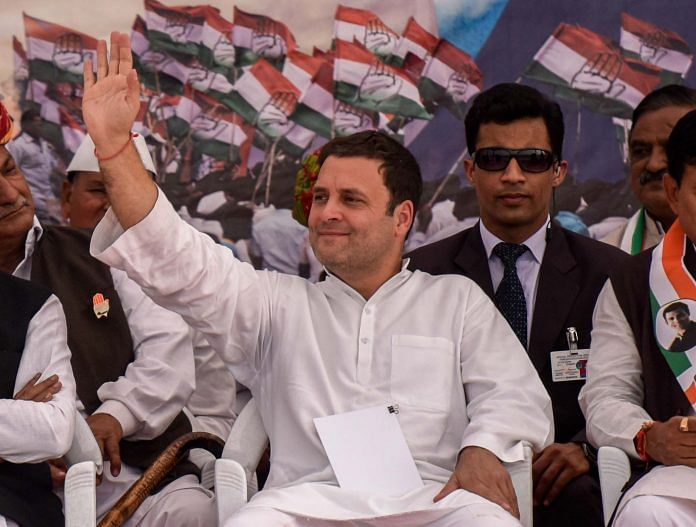The Patidar agitation and farmers’ discontent seem to have had an effect, handing the advantage to the Congress in this former BJP stronghold.
While the BJP has managed to retain power in Gujarat, its weakest link in this election has proven to be the Saurashtra region, where the Congress has gained at its expense.
On the basis of the leads available Monday afternoon, of the 54 seats in the Saurashtra-Kutch region, the Congress was ahead in 29 seats, and the BJP in 24. Contrast this with 2012, when the BJP had won over 30 seats.
There are two main factors that seem to have loosened the ruling party’s grip on the region – the Patidar agitation, as well as farmers’ discontent. It is in rural Saurashtra that the Congress has gained most ground. Farmers in the region have been unhappy about the low prices for their cotton and groundnut produce – while they believe they deserve Rs 1,000 for every 20 kg of cotton, they end up getting only around Rs 800.
The Patidar agitation, meanwhile, seems to have had an effect in patches. In Morbi district, the BJP has lost all three seats, just as it has lost all five in Amreli. In Rajkot, however, the party is leading in six of the eight seats. Chief Minister Vijay Rupani is leading with a comfortable margin of over 35,000 votes in Rajkot West.
This interesting dynamic shows the rural-urban divide in Gujarat. While urban votes remain firmly in the BJP’s kitty, it is clear that the party is losing traction in rural Gujarat, which is translating into gains for the Congress, given the bipolar nature of the state’s politics.
Given that it has continued its hold over central and south Gujarat and made some gains in the north, the BJP could have perhaps come closer to its 2012 tally had it not been for the losses in Saurashtra. It could have done worse, but bringing water from the Narmada to this parched part of the state seems to have offset its losses to some extent.






